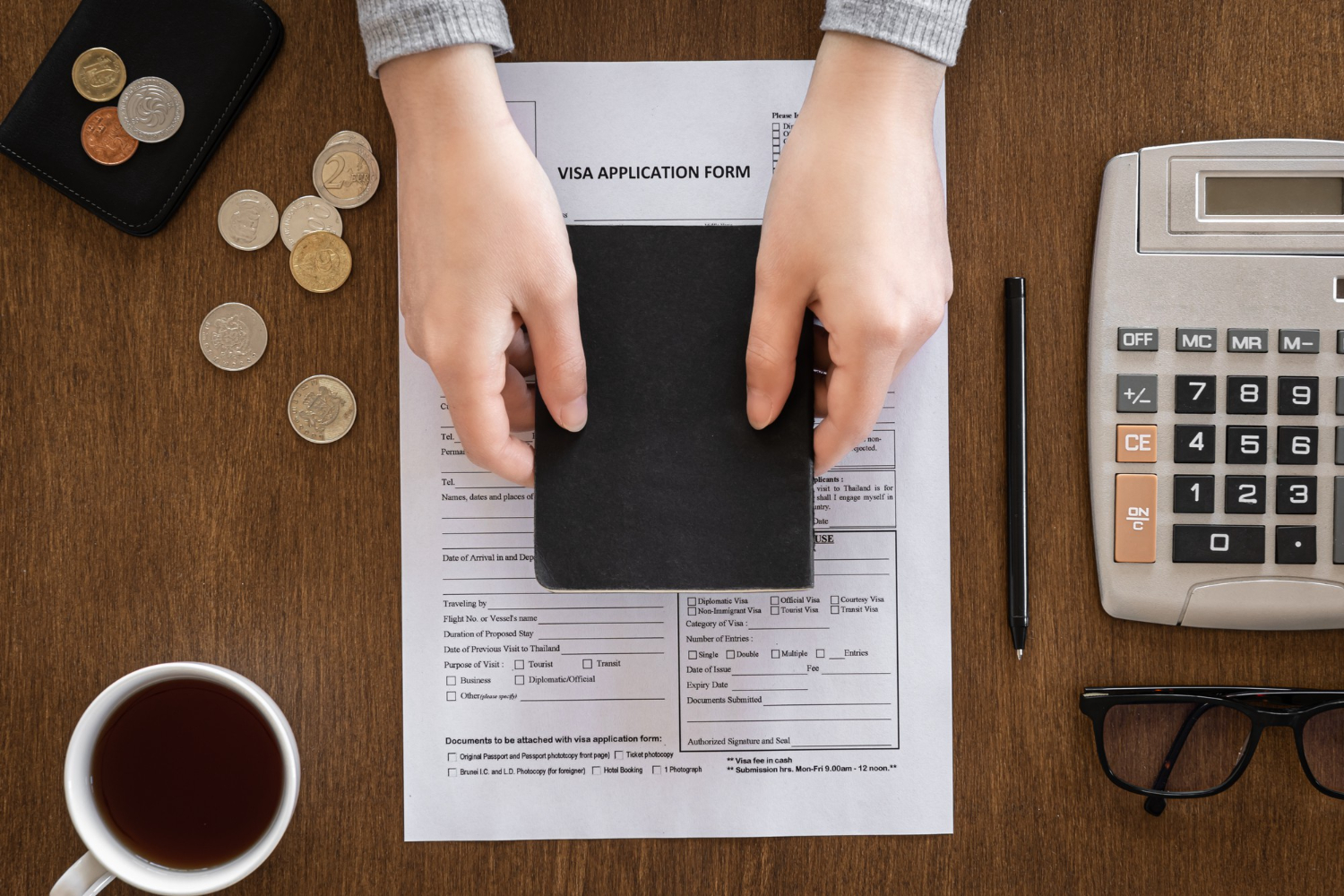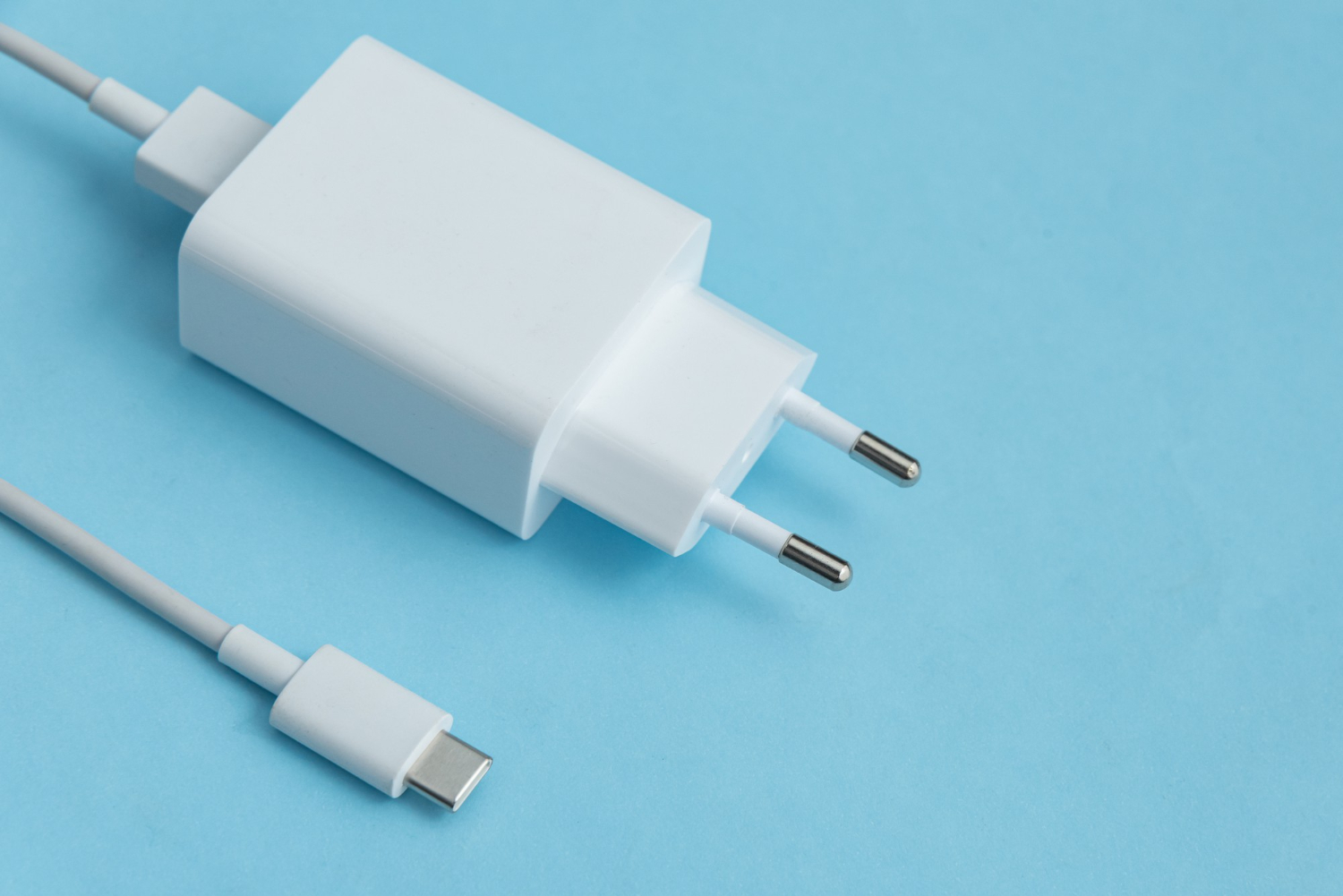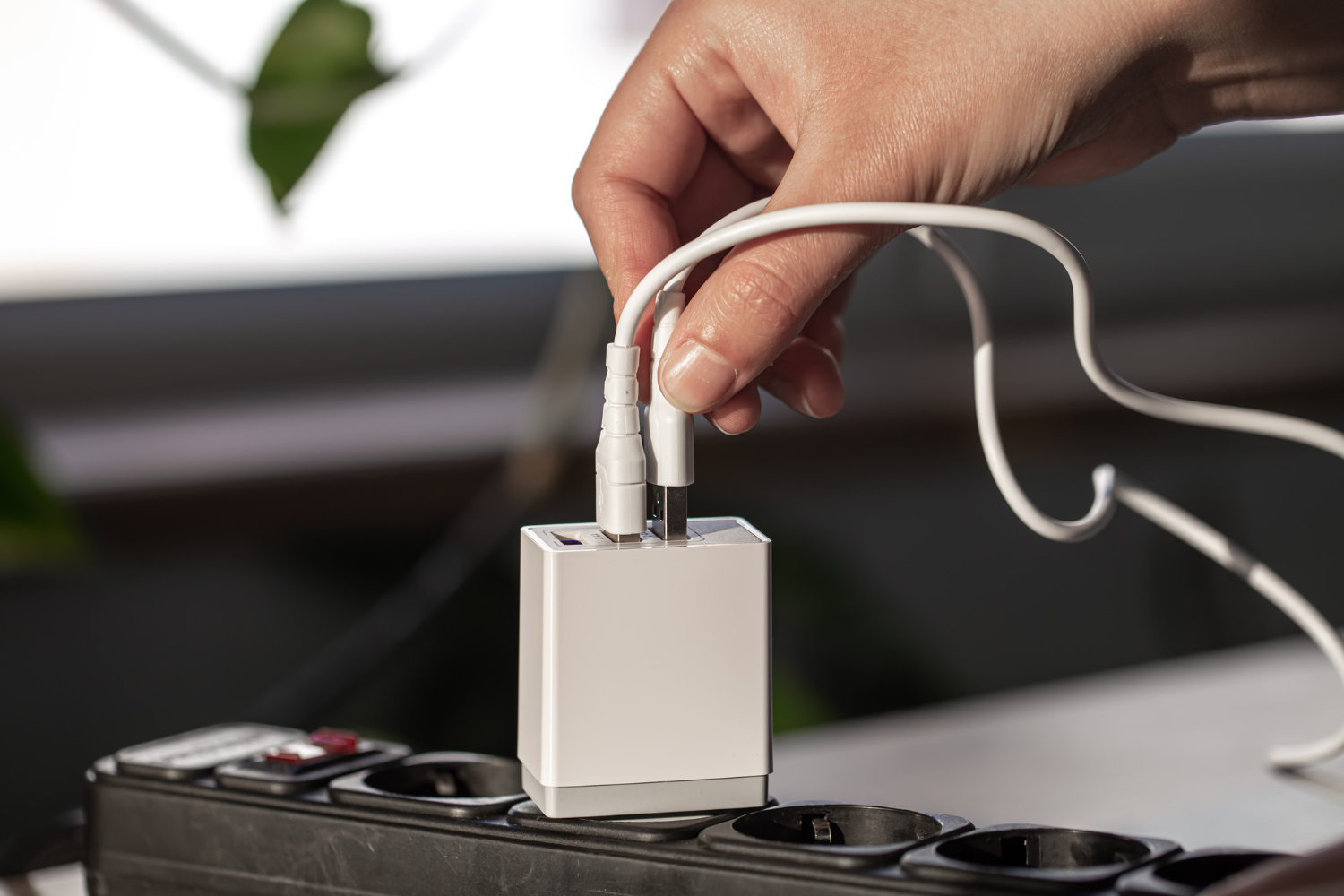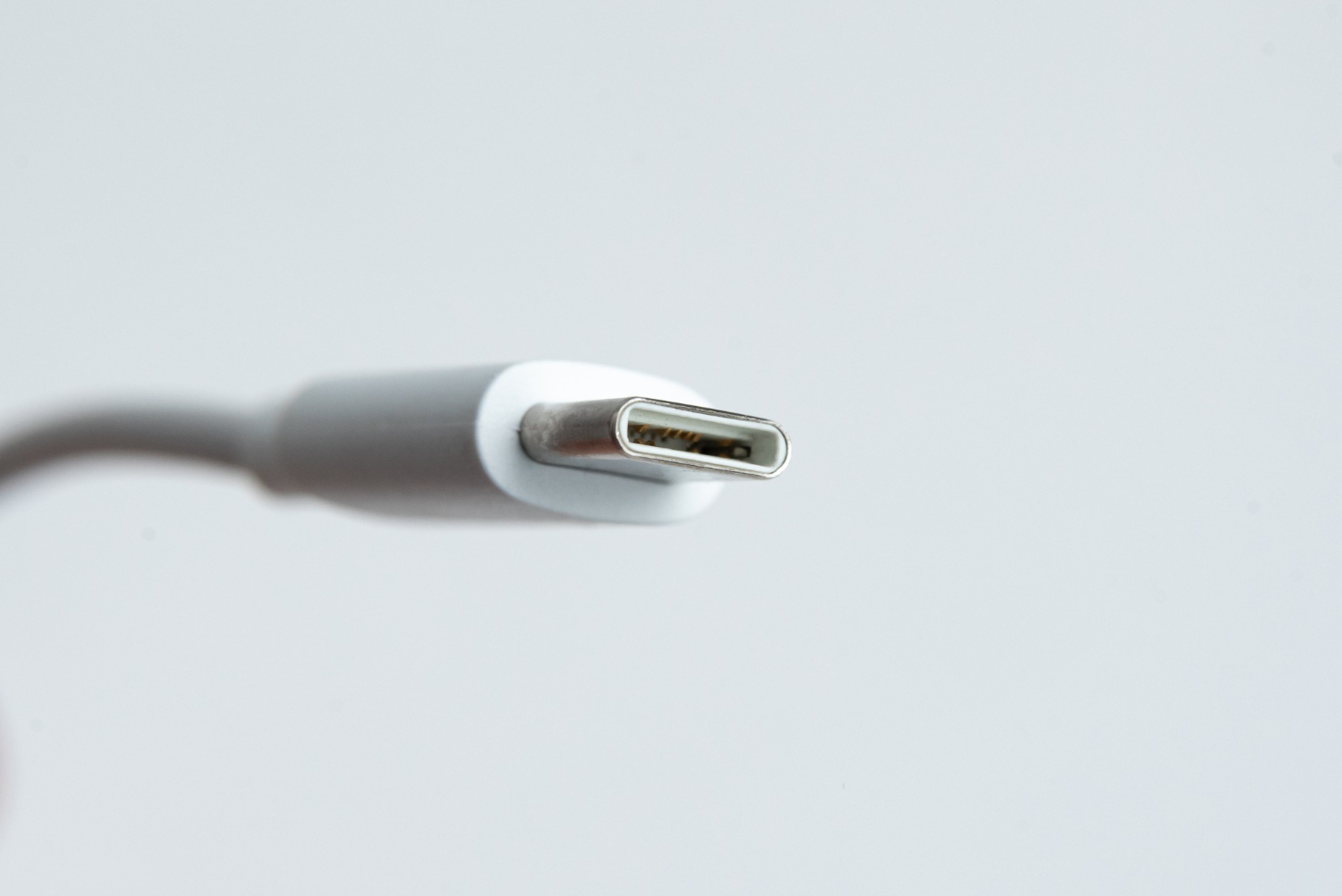So, you logged into your student loan account, expecting everything to look normal—and then you see it: “Loan Status: Awaiting Form for Administrative Forbearance.” Cue the confusion. What form? What does this even mean? And most importantly, what are you supposed to do now?
This status message isn’t as scary as it sounds, but it does mean you’ll want to take action. In this post, we’ll break down what that status really means, why it shows up, what to do next, and answer some of the most common questions borrowers have when they see it.
What Is Administrative Forbearance, Anyway?
Administrative forbearance allows your loan payments to be temporarily paused without placing your loan into delinquency. It’s often used during:
- Servicer transfers
- Income-driven repayment (IDR) plan changes
- Public Service Loan Forgiveness (PSLF) reviews
- National emergencies or system updates
Unlike deferment, forbearance doesn’t always require you to qualify under strict guidelines. It’s more of a technical pause—sometimes initiated to protect you from missed payment issues during processing.
Just keep in mind: depending on your loan type, interest may still accrue during this pause.
Loan Status: Awaiting Form for Administrative Forbearance
When your loan status says “Awaiting Form for Administrative Forbearance,” it usually means your loan servicer is waiting on paperwork to officially place your loan in a temporary forbearance.
Administrative forbearance is a pause in required payments that’s typically initiated by your loan servicer—not necessarily by you. It’s a holding pattern. Your account might be under review, changing repayment plans, or transferring between servicers. Whatever the reason, the process can’t move forward until the required form is submitted.
The good news? It doesn’t mean you’re in trouble. It just means something’s pending.
Common Reasons You See This Status
There are several situations where this loan status might appear:
- You recently submitted a PSLF or IDR form, and it’s being processed
- Your loans are being transferred to a new servicer
- You requested a change in repayment plan, and the system is updating
- You started a deferment or forbearance request but haven’t finished the form
- Your account is in limbo due to technical issues or a backlog
Regardless of the reason, “Awaiting Form” means something’s been triggered—but your loan servicer needs that form to make things official.
What You Should Do If You See This Loan Status
Here’s what to do if this status pops up:
- Log into your loan servicer’s portal and check messages or alerts
- Look for missing paperwork, such as IDR applications, PSLF forms, or forbearance requests
- Contact your loan servicer directly and ask what specific form is needed
- Submit or resubmit the document, either online or by mail, depending on the requirement
- Save a copy of everything, including submission confirmation and correspondence
The faster you respond, the quicker your loan will get sorted out.
How Long Will Your Loan Stay in Administrative Forbearance?
The duration depends on why it was initiated in the first place. In general:
- Short-term delays (like processing IDR forms) might last 30–60 days
- Loan servicer transfers can take a few weeks to several months
- Forgiveness reviews or complex paperwork might take longer
Good news: Your loan won’t become delinquent during this time, and payments are usually paused. But be sure to follow up—if the form isn’t submitted, your forbearance might end abruptly.
Can You Still Make Payments During Administrative Forbearance?
Yes, you can! Even if payments aren’t required, you’re usually allowed to make voluntary payments during forbearance.
Why do this? Because it helps:
- Prevent interest from ballooning
- Reduce your principal faster
- Avoid a higher balance after the pause ends
However, before making extra payments, check whether your loan is subsidized. If it is, the government might be covering your interest, and you could hold off safely. If not, even small payments can help.
This group of K-pop fans appear to value physical albums not just for the music, but for the merchandise that often accompanies them, like photo cards and the opportunity to boost their favorite artists. Purchasing several copies of the same album bucks the broader record industry’s continued CD sales decline, which fell 6.1% globally in 2024, according to recording industry trade organization IFPI.
What Happens After the “Awaiting Form” Status Is Resolved?
Once your servicer receives the form, your loan status will update:
- If the form is valid, you’ll be placed in official forbearance, IDR review, or back into repayment
- You may receive confirmation emails or portal notifications
- Your payment schedule and due date might shift depending on the result
Always double-check the new status and review your loan summary to make sure it reflects what you expected. If not, follow up immediately.
What to Do If You Can’t Get Clear Answers From Your Loan Servicer
If you’re running in circles trying to get a straight answer, here’s what you can do:
- Call again and request a supervisor if the rep can’t help
- Document all calls: write down names, dates, and what was said
- If you’ve submitted everything but the status hasn’t changed in weeks, file a complaint with the CFPB (Consumer Financial Protection Bureau)
- Contact a nonprofit loan counselor or student loan ombudsman for further help
You’re not being annoying—you’re protecting your finances.
Final Thoughts
Seeing a status like “Awaiting Form for Administrative Forbearance” can feel like a red flag—but in most cases, it’s just a routine pause while your servicer processes your account.
The key takeaway? Be proactive. Check your messages, follow up with your servicer, and don’t assume it’ll sort itself out. Whether you’re applying for forgiveness, switching plans, or just trying to avoid late fees, staying on top of your paperwork will keep your loan on track.
Your loan isn’t going away overnight—but understanding what these statuses mean can help you avoid unnecessary stress, interest, and surprises down the road.
FAQs
Will administrative forbearance hurt my credit?
No, administrative forbearance does not hurt your credit. Your loan is still considered in good standing. However, if the process stalls and you miss a required form, missed payments could eventually show up—so stay proactive.
Can I apply for forgiveness while in administrative forbearance?
Yes! Programs like Public Service Loan Forgiveness (PSLF) or Income-Driven Repayment (IDR) forgiveness are still open to you. Just make sure all related forms are submitted and processed.
What forms are usually required for administrative forbearance?
Some common forms include:
- Income-driven repayment (IDR) application
- PSLF Employment Certification Form (ECF)
- Standard Forbearance Request Form
- Deferment requests for unemployment, school enrollment, or hardship
Always check with your specific servicer for the exact document they’re waiting on.
How do I know when the forbearance has ended?
You’ll usually get a confirmation email or status update on your loan dashboard. If not, reach out to your servicer and ask for written confirmation or download your account statement to check the timeline.







